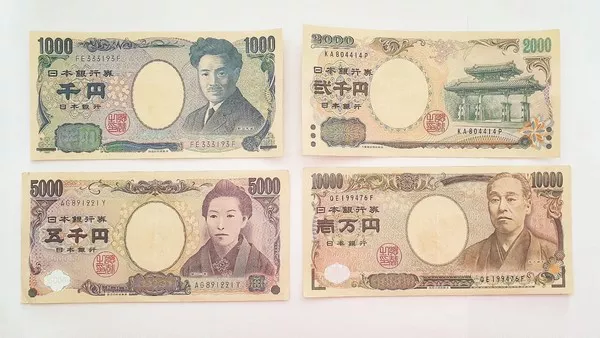Currency systems around the world often feature a variety of denominations in both banknotes and coins, each serving specific purposes in daily transactions. Japan, renowned for its technological advancements and rich cultural heritage, boasts a diverse range of currency denominations, including the iconic yen. Among the questions that arise regarding Japanese currency is whether there exists a 1000 yen coin. This article aims to explore the truth behind the existence of a 1000 yen coin, shedding light on Japan’s coinage system, historical context, and the implications of such a denomination.
Understanding Japan’s Coinage System:
Japan’s coinage system comprises several denominations, each designed for different transactional needs. The denominations commonly encountered in daily use include the 1 yen, 5 yen, 10 yen, 50 yen, 100 yen, and 500 yen coins. Each coin bears distinctive characteristics in terms of size, weight, and design, making them easily distinguishable for both locals and visitors alike.
1 Yen Coin: The smallest denomination in Japan’s coinage system, the 1 yen coin features an aluminum composition and is adorned with a central hole. Despite its low value, the 1 yen coin holds symbolic significance and is often associated with good luck and prosperity.
5 Yen Coin: The 5 yen coin is composed of brass and features a central hole similar to the 1 yen coin. It is commonly used in traditional rituals and ceremonies due to its auspicious associations.
10 Yen Coin: The 10 yen coin is made of bronze and is slightly larger in size compared to the 5 yen coin. It bears the image of a phoenix, symbolizing longevity and renewal in Japanese culture.
50 Yen Coin: The 50 yen coin is composed of a combination of metals, including cupronickel and brass. It is distinguished by its unique heptagonal shape and is commonly used in vending machines and public transportation.
100 Yen Coin: The 100 yen coin is the highest denomination among Japan’s regular circulation coins. It is composed of cupronickel and features a cherry blossom motif on one side and the numeral “100” on the other.
500 Yen Coin: The 500 yen coin is Japan’s highest denomination coin in terms of value. It is composed of nickel and brass and features various designs, including images of historical figures and cultural landmarks.
The Quest for the 1000 Yen Coin:
Despite the existence of various yen coins ranging from 1 yen to 500 yen, there has been speculation surrounding the potential introduction of a 1000 yen coin. The idea of a 1000 yen coin has been discussed periodically within Japan’s monetary circles, sparking debates on its feasibility and practicality.
Historical Context:
The notion of a 1000 yen coin has historical precedents dating back to the early 20th century. During the Meiji era (1868-1912), Japan experienced significant modernization and economic development, prompting discussions on the need for higher denomination coins to facilitate larger transactions.
In 1948, Japan briefly introduced a 1000 yen banknote to address the economic challenges of the post-war period. However, the banknote was discontinued in 1969 due to concerns over counterfeiting and the rising cost of production.
Since then, the idea of a 1000 yen coin has resurfaced periodically, with proponents citing its potential benefits in simplifying transactions and reducing the reliance on banknotes.
Challenges and Considerations:
Despite the perceived advantages of a 1000 yen coin, several challenges and considerations have hindered its implementation.
Cost of Production: Minting coins, especially those of higher denominations, entails significant production costs. The manufacturing process, including the sourcing of materials and minting techniques, can be expensive and resource-intensive.
Consumer Acceptance: Introducing a new denomination into circulation requires widespread acceptance and adoption by the public. Consumers may initially resist using a 1000 yen coin due to concerns over its weight, convenience, and compatibility with existing payment systems.
Economic Impact: The introduction of a 1000 yen coin could have implications for Japan’s economy, including its monetary policy and cash management. Policymakers would need to assess the potential effects on inflation, money supply, and consumer spending patterns.
Technological Challenges: Japan’s vending machines, ticketing systems, and coin-operated devices are calibrated to accept specific denominations of coins. Retrofitting these systems to accommodate a new denomination could pose logistical challenges and incur additional costs.
See Also: Can I Still Use Old Japanese Yen?
Conclusion:
In conclusion, while there is currently no 1000 yen coin in circulation in Japan, the idea of introducing such a denomination has been the subject of debate and speculation. Despite historical precedents and perceived benefits, numerous challenges and considerations must be addressed before the
introduction of a 1000 yen coin becomes a reality. As Japan continues to evolve technologically and economically, the discussion surrounding the possibility of a 1000 yen coin may persist, reflecting broader shifts in consumer preferences, payment trends, and monetary policy.


